
Dining in Nara: 9 Local Foods & Restaurants You Can't Miss
- Written by: WESTPLAN
Nara Prefecture, once Japan’s capital, is a top sightseeing destination with a rich culinary heritage. Its cuisine, including narazuke pickles, persimmon leaf sushi, and locally crafted alcohol, embodies elegance and meticulously preserves ancient techniques. While understated, Nara’s food captivates with tradition. This article highlights the most iconic dishes representing the prefecture.
- Table of Contents
Nara Prefecture’s Culinary Riches
1. Narazuke pickles: The umami of sake lees and artisans’ techniques shine

Narazuke pickles, a Nara specialty since the 8th century when Heijo-kyo was Japan’s capital, are crafted by marinating gourds, cucumbers, ginger, and other vegetables in sake lees. Originally called “kasuzuke” (from the sake lees sediment used), these pickles offer a unique flavor. Gourd narazuke, dubbed “The King,” boast a crunchy exterior, smooth interior, and a subtly sweet taste with a hint of sake, pairing perfectly with white rice.
Available at many Nara shops, you’ll find traditional varieties alongside creative options made with persimmon, burdock root, carrots, onions, melons, or bamboo shoots. Explore the streets to discover these delightful variations!
2. Persimmon leaf sushi: Try a traditional fermented taste

Persimmon leaf sushi (kakinoha-zushi), a cherished Nara delicacy, features bite-sized rice portions topped with salt-marinated mackerel, wrapped in antibacterial persimmon leaves, and fermented for days to enhance flavor.
Historically, mackerel was heavily salted and transported from the Kumano-nada Sea to Okuyoshino in Yoshino City along the “Mackerel Road” (Saba-kaido). Locals crafted this sushi by layering thin mackerel slices over rice, wrapping them in mountain-grown persimmon leaves, and serving it for festive celebrations.
Once exclusively made with mackerel, today’s persimmon leaf sushi includes variations with salmon, seabream, shrimp, eel, and more, offering a delightful range of flavors.
3. Miwa Somen: Distinctive for its thin, chewy noodles

Miwa somen, a Nara specialty, is believed to have originated from “muginawa” wheat ropes, inspiring its slender shape. Crafted over 1,200 years ago in the Miwa district of central Yamato, Nara Prefecture, these thin noodles are renowned for their springy, chewy texture.
During the Edo period, pilgrims traveling to the Ise Grand Shrine lauded Miwa somen as “thin as thread and white as snow,” spreading its fame across Japan. Today, somen shops thrive near the Yamanobe-no-Michi Trail, and numerous restaurants in Nara City serve this delicate, historic noodle dish.
4. Green tea rice porridge: A local dish born of the wisdom of everyday life

Green tea rice porridge (chagayu) is enjoyed across Japan, but in Nara, it’s a beloved tradition, as the saying “Mornings in Yamato begin with green tea rice porridge” reflects. Infused with the aroma of roasted soybeans and broad beans, this home-cooked dish cleverly transforms a small amount of rice into a hearty, filling meal.
Nara’s chagayu stands out for its soupy, non-sticky texture. Originating in the Kamakura period when Buddhist monks savored it, the dish later became a staple in common households, widely enjoyed until the 1950s.
5. Yoshino kudzu powder: Made with traditional methods

The Yoshino district in Nara, blessed with pure water and a cool climate, is ideal for crafting premium kudzu powder. Yoshino kudzu, refined through the traditional “yoshino-zarashi” method, is celebrated for its exceptional quality.
This versatile ingredient stars in a variety of dishes, from kudzu starch noodles to yuzu desserts and other specialties. You can savor these treats not only in Yoshino but also at specialty shops throughout Nara City.
6. Nihonshu: Nara is said to be the birthplace of sake

During the Muromachi period, Nara’s sake was a cherished delicacy across Japan. The foundations of modern sake brewing were laid by Nara’s Shoryakuji Temple, earning Nara the title of “the birthplace of sake.”
At Omiwa Shrine in Miwa, Sakurai City, the sake god “Okuninushi-no-mikoto” is revered. Each November 14, brewers nationwide gather for the sake brewing festival, where “sugidama” (cedar sprig balls hung outside breweries post-harvest) are distributed.
Today, Nara’s 29 sake breweries, many offering tastings, continue this legacy. Specialty shops and restaurants around Nara also provide sake sampling, inviting visitors to savor this historic craft.
7. Yamato tea: Distinctively sweet and gentle tea leaves are used to make this treat

Yamato tea (Yamato cha), hailing from Nara, is cultivated mainly on the Yamato Plateau in eastern Nara City. The plateau’s high elevation and significant day-night temperature swings create morning fog, fostering the perfect balance of humidity and sunlight. This nurtures sweet, tender tea leaves that yield exceptional tea.
Beyond classic green and roasted green teas, Yamato tea is available as Japanese black tea and in a range of other delightful flavors, offering a taste of Nara’s unique terroir.
8. Persimmon sweets: Born in Japan's leading persimmon production area

Persimmons, cultivated in Nara since the Yamato period, make the prefecture Japan’s leading region for this fruit. As a result, Nara brims with persimmon-based sweets.
Indulge in treats like dried persimmons wrapped around yuzu citrus peels, monaka wafer cakes filled with sweet paste from Yoshino’s Fuyu persimmons, persimmon jam, persimmon vinegar, and even persimmon butter—showcasing the diverse, delicious ways Nara transforms this historic fruit.
9. Kakigori: You won't find better than in the holy land of shaved ice

Nara, dubbed “the holy land of shaved ice (kakigori),” boasts a deep connection to ice with two Himuro Shrines dedicated to it, the Kenpyo-sai ice dedication ritual attracting ice-related professionals nationwide, and the Himuro Shirayuki Matsuri snow festival.
This ice-centric culture fuels a vibrant kakigori scene, with shops serving creative shaved ice year-round, not just in summer. Each spot offers unique twists, from syrups whipped into mousse to those crafted with local Nara Yamato tea or strawberries, ensuring a delightful, refreshing treat.
Recommended Restaurants in Nara
Kiko Matsuda, Keiko Kimura, Risa Tsushi, and a team of female writers familiar with Kansai. We love eating, drinking and traveling! We share fun information based on our experiences.
- Area
- Category
*Prices and options mentioned are subject to change.
*Unless stated otherwise, all prices include tax.
Popular Tours & Activitiess
Recommended places for you
-
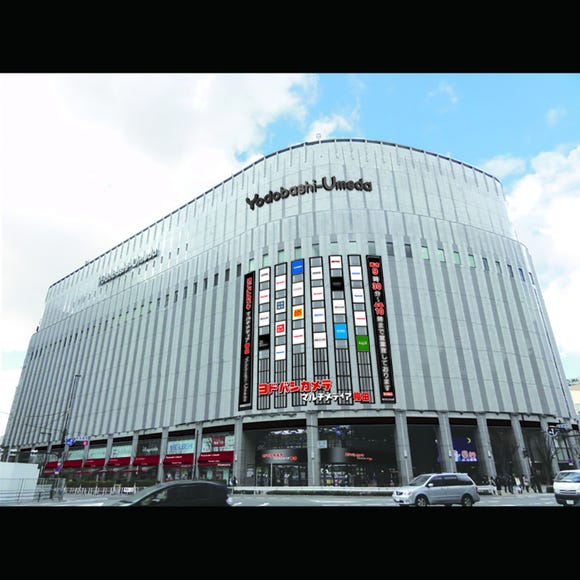
Yodobashi Camera Multimedia Umeda Store
Shopping Malls
Umeda, Osaka Station, Kitashinchi
-

Kambei Sannomiyahonten
Yakiniku
Kobe, Sannomiya, Kitano
-

ISHIDAYA Hanare
Yakiniku
Kobe, Sannomiya, Kitano
-

Jukuseiniku-to Namamottsuarera Nikubaru Italian Nikutaria Sannomiya
Izakaya
Kobe, Sannomiya, Kitano
-
Goods
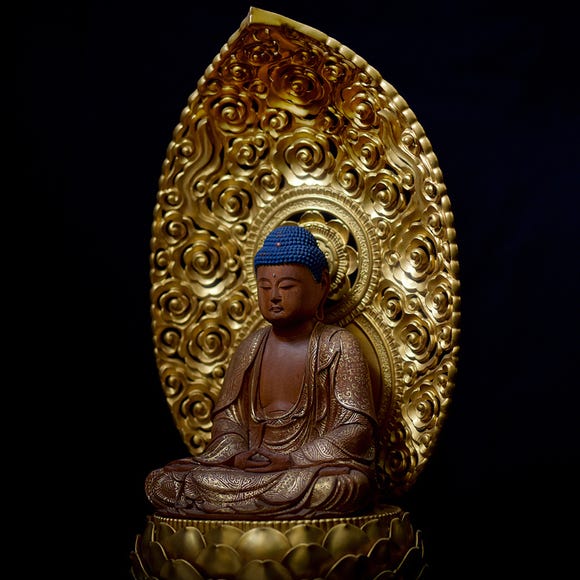
Yoshida Gennojo-Roho Kyoto Buddhist Altars
Gift Shops
Nijo Castle, Kyoto Imperial Palace
-

Kanzenkoshitsuyakinikutabehodai Gyugyu Paradise Sannomiya
Yakiniku
Kobe, Sannomiya, Kitano
-

Celebrate a Dreamy Barbapapa Christmas at JR Osaka Station's Twilight
by: Guest Contributor
-

Kyoto's Hidden Treasures Open This Winter! Enjoy Exclusive Access to 15 Rare Cultural Sites (Jan-Mar 2026)
by: Guest Contributor
-
Ad

Experiencing Manga as Culture, Not Just Reading It: Expo 2025 with Rumiko Takahashi
-

Everything You Need to Know About teamLab Biovortex Kyoto (2025 Insider Guide)
by: Wemmy Chau
-

New Way to Reach Koyasan! Ride Nankai's 'GRAN Tenku' for a Heavenly Journey
by: Guest Contributor
-
Ad
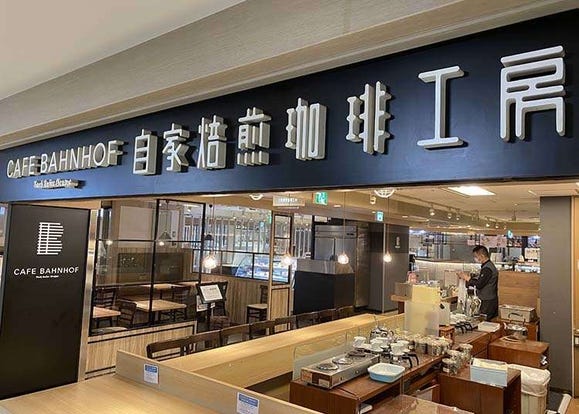
Café Bahnhof in Osaka: The home-roasted coffee that captivated G20 leaders!
Inspiration for Accommodations
-

Spacious Family Hotel in Namba: 20 Comfortable Stays for Family Fun
-
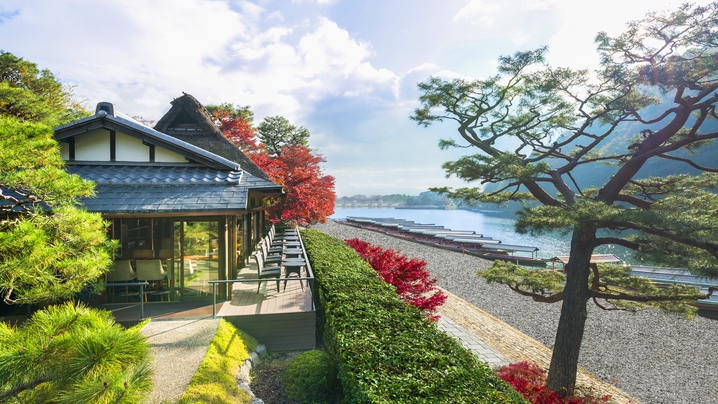
Charming Hotels to Enjoy the Spectacular Views of Arashiyama's Autumn Leaves from Your Room
-

Experience Stunning Views of Osaka Castle from Private Spaces: Top Hotels Near Osaka Castle
-
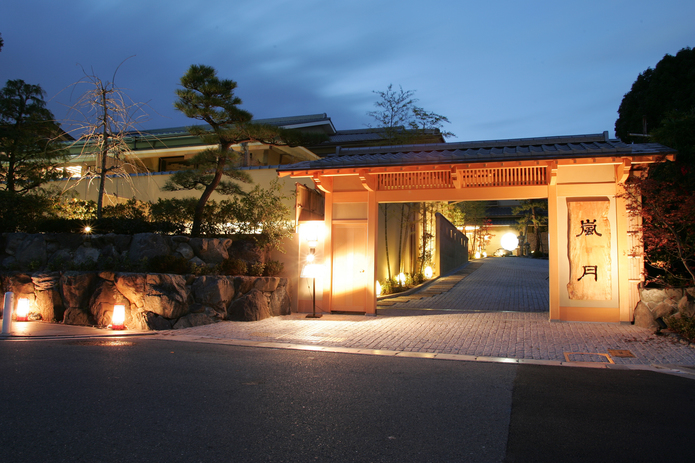
Recommended by Visitors! Arashiyama's Best-Rated Hotels
-

Family-Friendly Universal Studios Japan Hotel with Excellent Access
-
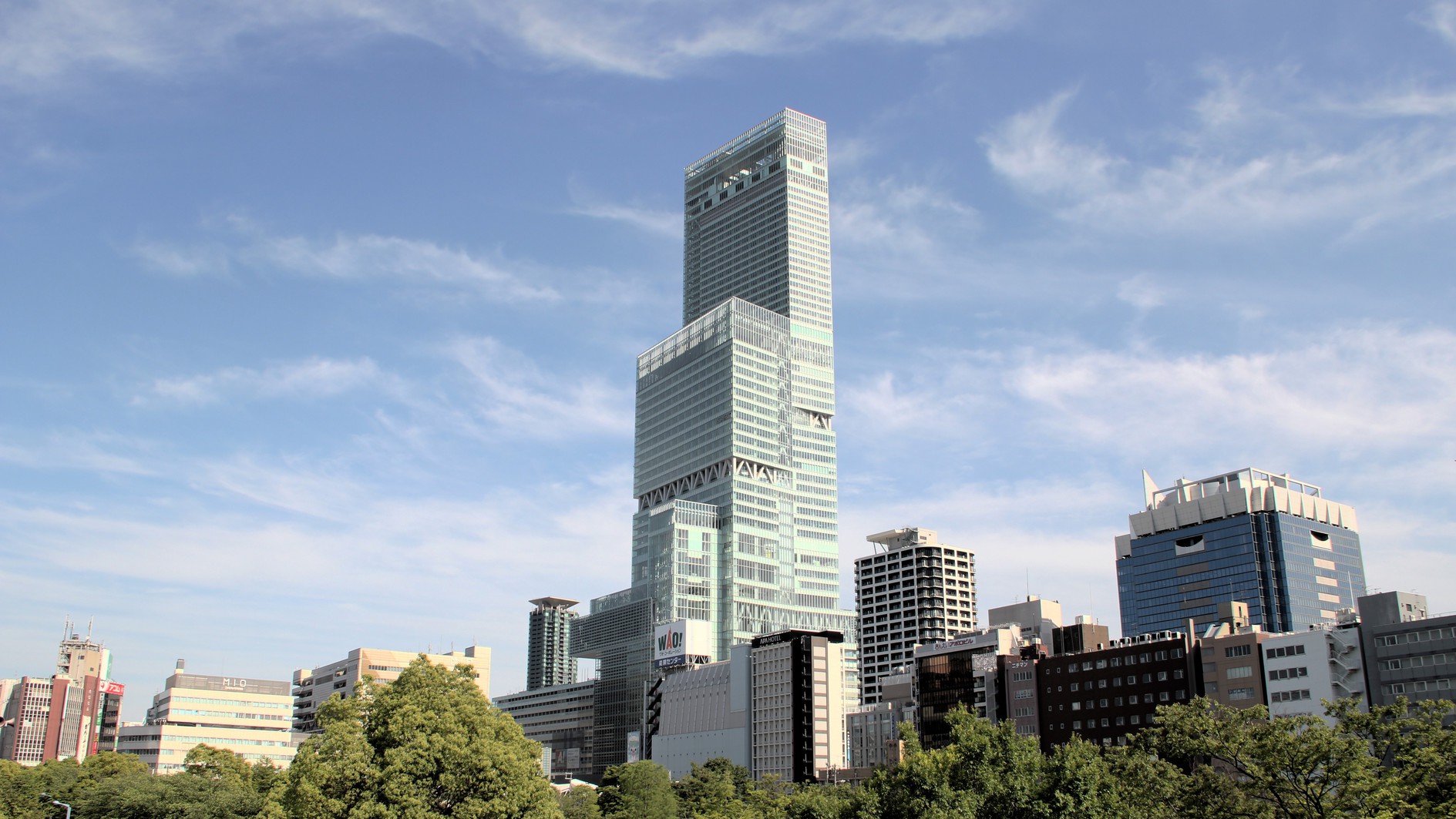
Enjoy a Comfortable Stay in Osaka! 10 Hotels with Convenient Airport Shuttle Services
-

Top 10 Recommended Hotels Near Namba Station with Great Access
-

Enjoy Night Views from Your Room! Recommended Hotels in Namba Area
-

Dining in Osaka: Best Restaurants for Yakiniku, Sushi, Okonomiyaki & More
by: WESTPLAN
-

JR Edition: Visit all of Tokyo in one Day with the Tokyo Metropolitan District Pass!
-

Hearty Japanese Katsudon Recipe: Crispy Pork Cutlet with Soft & Scrumptious Egg
-

Tokyo Train Map: Your Essential Guide to Subways and Railways
-

Ebi Fry (Japanese Fried Shrimp) Recipe: Perfect Harmony Of Crunchy Breading and Super Plump Shrimp (Video)
-

Sightseeing Highlights: Experience the Appeal of Kyoto Geisha Culture
- #best gourmet Osaka
- #things to do Osaka
- #what to do in kyoto
- #what to bring to japan
- #best gourmet Kyoto
- #new years in Osaka
- #what to buy in nanba
- #Visiting Osaka
- #onsen tattoo friendly arima
- #daiso
- #Visiting Kyoto
- #best japanese soft drinks
- #japanese fashion culture
- #japanese convenience store snacks
- #japanese nail trends


















